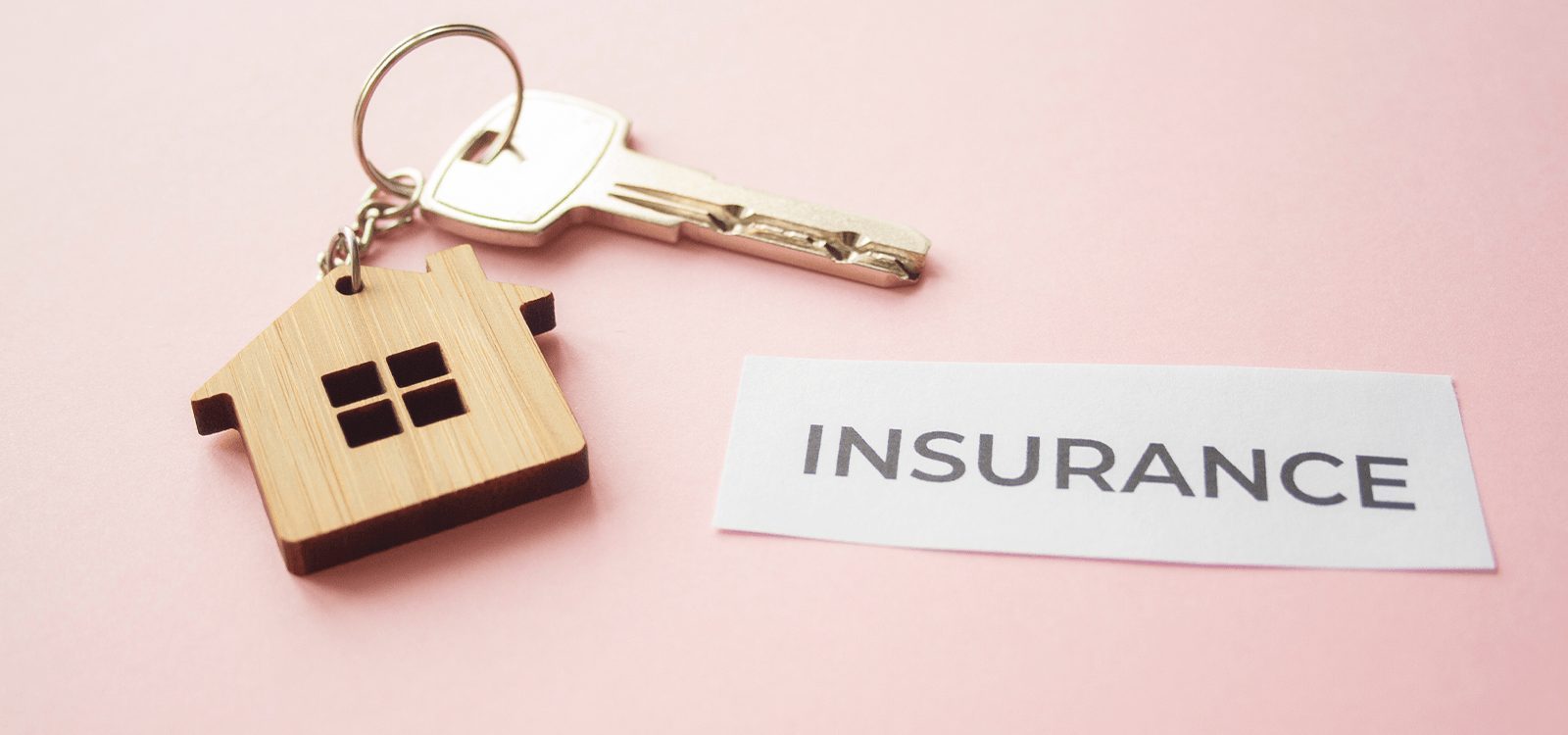
A Lemonade amongst lemons?
Founded in 2015, American insurer ‘Lemonade’ has rapidly reached a market capitalisation of $8.5b and a price to sales ratio1 of 71.632. This compares to a price to sales ratio of 2.06 for Berkshire Hathaway, the largest global insurer by market capitalisation as at 2 February 2021. Joseph Hoang-Luu, General Insurance Editor of Actuaries Digital, analyses Lemonade’s growth and presence in the insurance space.
General insurance actuaries are well positioned within their organisations to have an intimate understanding of the drivers of a general insurer’s financial performance. Readers within the general insurance industry and those working in investments may have a strong expectation of what a reasonable range for ‘good’ performance should look like. Lemonade is a relatively new ‘technology-first’ insurer that may shake up the traditional actuarial perspective. We take a brief look at Lemonade to challenge our perceptions.
Lemonade offers customers financial protection for home, contents, and pet insurance. Customers will receive premium quotes in as little as 90 seconds and claims will get paid out to customers in as little as three minutes (for the majority of claims). Lemonade aims to achieve this all of this without human interaction! I won’t joke about actuaries and lack of human interaction because I know at least one of my readers enjoys it (as do I, on occasion).
Lemonade has developed an efficient value chain for customers, while theoretically reducing their expense ratio (Lemonade currently have high expenses due to their sales and marketing). Can efficiency alone be enough to ensure a successful insurance company? Working for major Australian Insurers, the business philosophy communicated from the top was always to write long-term profitable business. This should theoretically translate to low underwriting loss ratios over time, even with the occurrence of natural catastrophes.
From 2017 to 2020 Lemonade’s gross loss ratio gradually decreased from 161% to 72%3. Lemonade gives credit to their software, which has allowed them to collect thousands of additional data points on their customers. They use machine learning algorithms to underwrite more granularly. With that, populations that were once grouped together can be broken up into smaller and smaller groups, allowing greater risk differentiation.
As Actuaries, we understand the natural trade-off between increased risk differentiation and decreased statistical significance. Have Lemonade found a secret sauce in their ability to create thousands of their own data points using information such as key stoke patterns and digital body language? Well, it should be noted that Lemonades gross loss ratio is not exceptionally low. In Australia, the gross loss ratio for home insurance ranges between 50% and 70%4. However, if Lemonade’s machine learning algorithms continue to return improvements, then I’m sure it will attract more attention from its doubters. How many years of consistently reducing loss ratios will be enough empirical data to convince our readership?
I am looking forward to witnessing Lemonade’s development unfold. I am a firm believer in the value of insurance to businesses and society, so Lemonade’s success should be celebrated (or at least close attention paid) – even if it means that we may need to review our traditional actuarial pricing and equity valuation methods.
1- The Price to Sales Ratio (PS Ratio) is calculated by taking the stock price / revenue per share. It is useful to value companies that are not profitable yet, since they might be valued more so by their overall sales and potential of becoming profitable in the future.
2- Sourced from http://ycharts.com
3- https://www.reinsurancene.ws/lemonade-reinsurers-betting-on-improved-loss-ratio-analysts/
4- https://public.tableau.com/views/KPMGGIDashboardLatest-ProductLevel/KPMGGIDashboard-ProductLevel?:embed=y&:display_count=yes&publish=yes&:toolbar=no&:showVizHome=no#1
CPD: Actuaries Institute Members can claim two CPD points for every hour of reading articles on Actuaries Digital.






